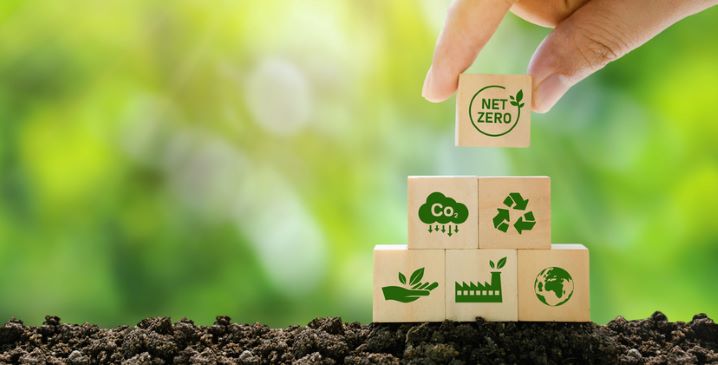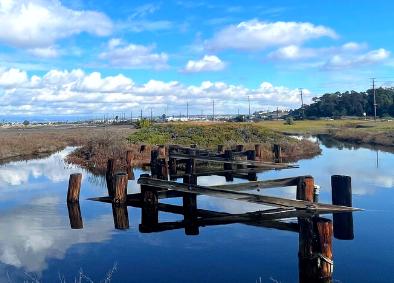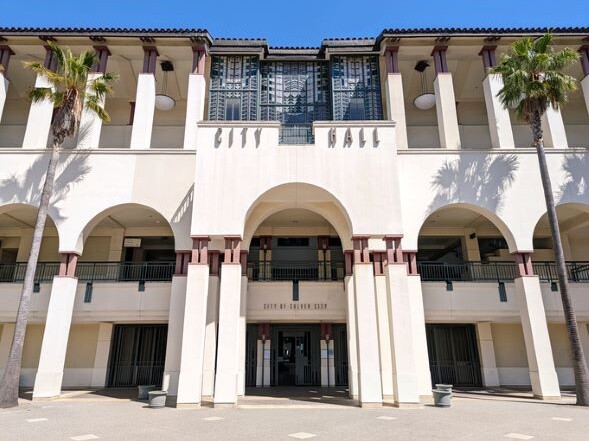On Tuesday evening, the Santa Monica City Council adopted the latest version of the Sustainable City Plan (SCP). The Sustainable City Plan guides the city’s work and plans to achieve water self-sufficiency, zero waste, and carbon neutrality, as well as economic vitality and social equity. The indicators and targets adopted will help drive decisions and meaningful outcomes to achieve the City’s sustainability goals. At Tuesday night’s meeting, Council also approved the SCP’s twelfth guiding principle to reaffirm Santa Monica’s commitment to equity and inclusion.
The latest edition of the Sustainable City Plan includes twelve guiding principles and 147 performance indicators with updated targets for 2030 in nine goals areas: Resource Conservation, Environmental and Public Health, Transportation, Sustainable Local Economy, Housing, Open Space and Land Use, Civic Participation and Community Education, Quality of Life, and Arts and Culture.
Chief Sustainability Officer Shannon Parry noted during her presentation Tuesday that among our peer cities, “Many of them paused their sustainability reporting, or eliminated their data collection efforts during the pandemic. Here in Santa Monica, we did not.” She added, “We used the Pandemic period to apply for and receive LEED Platinum Certification for our world-class sustainability efforts, and we took the time to update our Sustainable City Plan.”
Parry noted that she feels the city has set “aggressive but achievable goals when it comes to sustainability,” which she says allows her team to drive performance.
Part of the Sustainable City Plan is the Sustainable Rights Ordinance, which was first passed in 2013. Amanda Grossman, a sustainability analyst on Parry’s team, was also on hand to present the latest Sustainability Rights Report. The ordinance itself establishes eight specific sustainability rights categories for Santa Monicans, along with some dramatic statistics on how the city is doing in each:
- Accessible Water – Measures the amount of water sourced locally. As of 2019, Santa Monica was successfully sourcing 72 percent of its water from local sources. That has dipped to 51 percent most recently due to some issues surrounding well maintenance and construction. But Grossman was confident the city would return if not exceed the 72 percent number in the near future
- Clean Air – Measures the number of days Santa Monica exceeds Federal Air Quality Standards. In 2018, two days exceeded these standards; In 2020, the number jumped to eight days, with the staff attributing that to drift from area wildfires.
- Urban Forestry – Measures the percentage of tree canopy coverage in Santa Monica. A 2014 study showed Santa Monica to have 20.5 percent canopy coverage. That dropped in 2020 to 12 percent. Grossman attributed that drop to a loss of trees on private properties, given that the public planting program has only increased in the years following 2014
- Renewable Energy – Measures the amount of solar energy distributed from local sources, as well as local participation in the clean power alliance. In 2018, the city registered 6.3 megawatts of solar, but this latest report had us reaching 8.8 megawatts by 2021. The city is now at 94 percent participation in the clean power alliance among residents and businesses.
- Clean Water & Soil – Measures the amount of trash collected on the beach and days that our local water exceeds clean water standards. In 2018, the city collected 600.11 tons of waste from beach receptacles. In 2022, it collected 706.62 tons. Grossman explained this increase is a mixed bag, as it does show the city is more successful in collecting more waste. However, it also means beachgoers are bringing more that goes to waste. The number of days beach water exceeded water quality standards was high – 292 days. However, Grossman explained that was a combined total from five separate testing sites, with the Santa Monica Pier testing site accounting for 72 percent of all violations
- Natural Climate – Measures the reduction in greenhouse gas emissions (GHGs) below 1990 levels. Our 2018 measure had the city 29 percent below 1990 levels. But with the introduction of the clean power alliance, the city is now measuring 60 percent below 1990 levels
- Waste Disposal System – Measures the percentage of waste diverted from landfills, as well as per capita pounds of waste generated. In 2018, the city was diverting 81 percent of its waste; Santa Monicans were producing 5.3 pounds of waste. Today, Santa Monicans have improved their generation of waste down to 3.5 pounds of waste per day per person, per capita.
- Healthy Food – This measures sales at farmer’s markets as well as residents’ proximity to grocery stores and markets. Fiscal 2017/2018 saw farmer’s markets gross $19.5 Million in sales, which remained resilient in the pandemic and climbed to $22.1 Million. As of 2021, 68 percent of residents lived within one-quarter mile of a grocery store or market
Grossman then quickly flipped through a short presentation on the Sustainable City Plan Performance Dashboard, showing various slides in rapid succession. The Dashboard has now been integrated with SantaMonica.gov, and Grossman said it is now live. Residents can now view online how the city is progressing in each of these categories and goal areas.
Councilmember Caroline Torosis inquired about the 68 percent of residents that live within one-quarter-mile of a grocery store or market, noting that the 2020 plan goal was 100 percent. Staff acknowledged that while the goal remains 100 percent, large pockets of residential like the north of Montana neighborhood make it difficult. However, they did suggest that given the standard metric normally measured is within a half-mile of a grocery store, Santa Monica is doing quite well with 68 percent within one-quarter-mile. Parry noted that 100 percent of Santa Monicans do, in fact, live within a half-mile of a grocery store.
Councilmember Jesse Zwick noted the large drop in GHGs came in the transportation sector largely during the COVID peak and was curious if, in fact, the credit for the 60 percent drop in GHGs could truly be due to resident and business participation in the clean power alliance. His thinking being we won’t see that drop in transportation-generated GHGs again in the post-pandemic period. Zwick said, “I think we need to be careful when we think about how far along we are in these goals, and not use the pandemic as a baseline in terms of our progress.”
Mayor Gleam Davis wanted to affirm, and staff concurred, that the loss in tree canopy is due to redevelopment in R1 residential neighborhoods (detached single-family homes) and not due to the development of multi-family or affordable housing.
Ultimately, the council adopted the updated Sustainable City Plan with a unanimous 7-0 vote, agreeing to the new goals for 2030 and the added guiding principle of equity and inclusion.
Photo by Sakorn Sukkasemsakorn
Stay informed. Sign up for The Westside Voice Newsletter
By clicking submit, you agree to share your email address with Westside Voice. We do not sell or share your information with anyone.








